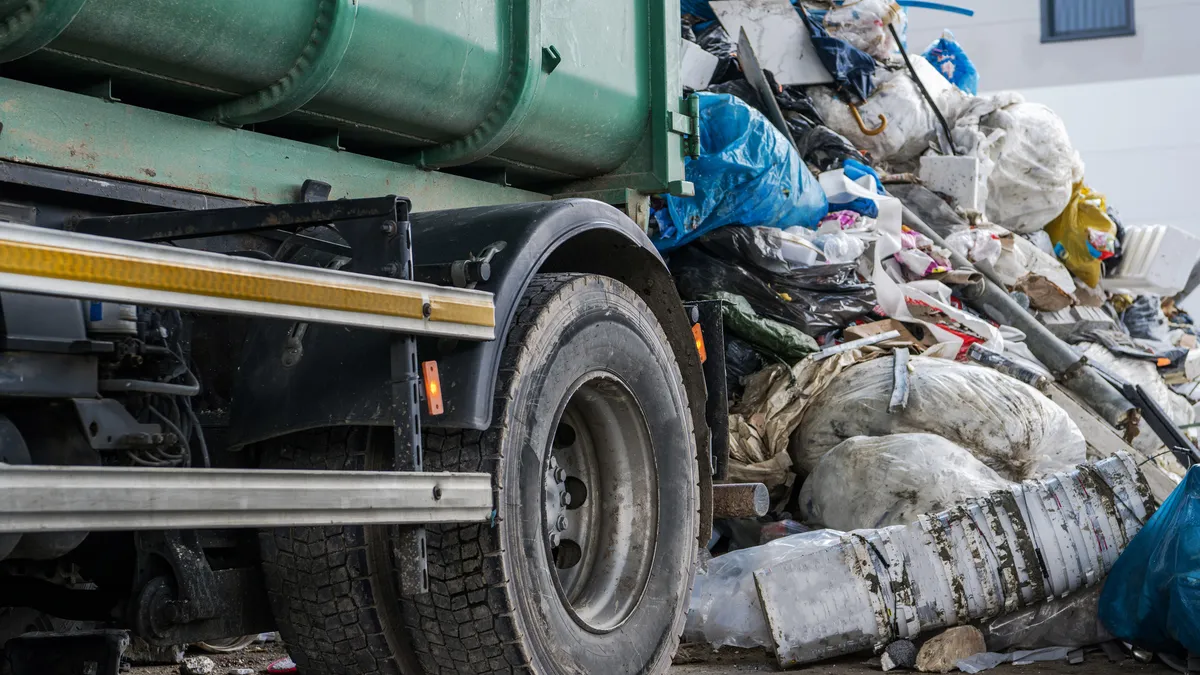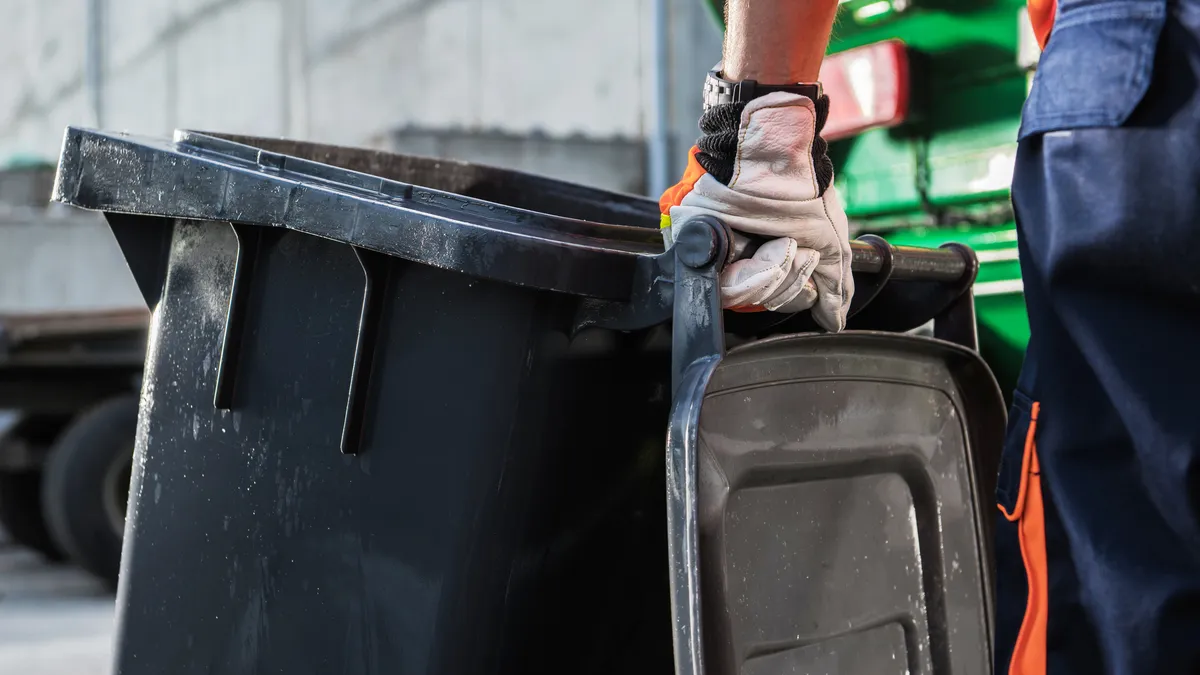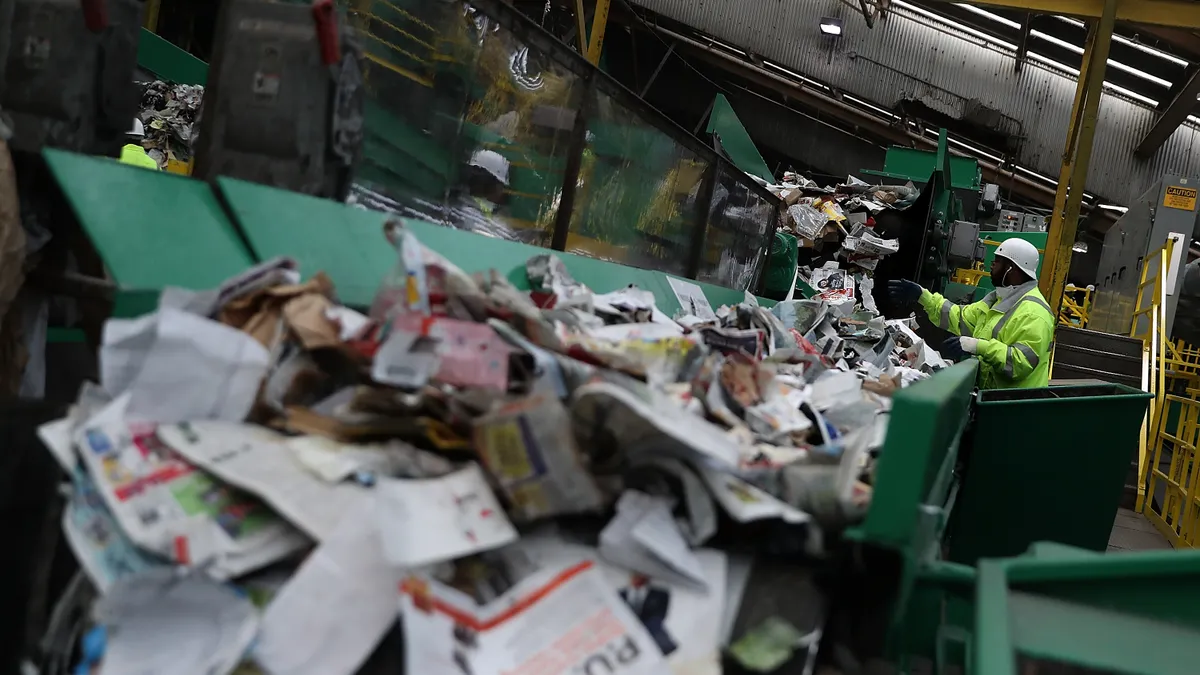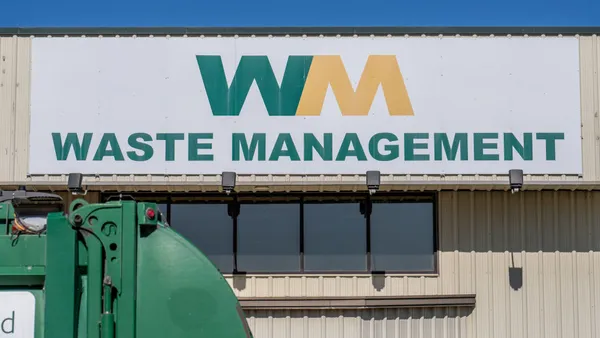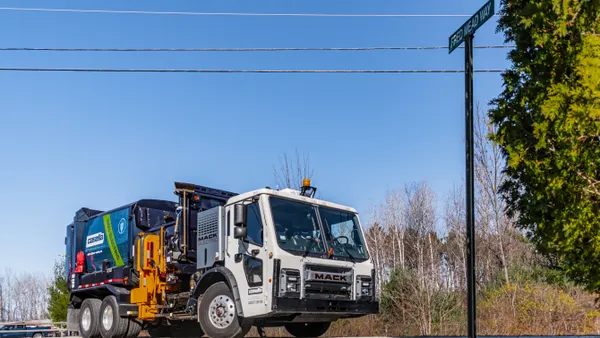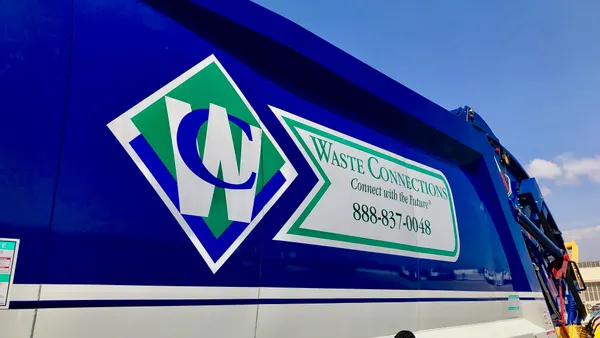While labor pressures have eased slightly for waste and recycling employers, industry observers say that further creativity will be critical to bolster the sector’s workforce in 2023.
Hiring challenges existed prior to the pandemic, but health and economic turbulence — combined with a wave of acquisitions that had choppy integration periods — led to reports of service issues in many markets. December job figures showed a 3.85% year-over-year employment increase in the broader waste management and remediation sector, supporting anecdotal reports that some of these issues are easing.
"It remains a challenge, but on a relative basis, each month is better than the last month,” said Michael E. Hoffman, a managing director at Stifel who covers the waste industry. After an all-hands-on-deck approach, he said, "supervisors are out of trucks, whereas six months ago supervisors were in trucks.”
Hoffman said many of the industry’s biggest companies still don’t feel they are back to pre-pandemic staffing levels, but wage increases and other changes are helping.
"Some of the inflation pressure seems to be lower, going forward, than it's been over the past 12 to 18 months, which is going to reduce pressure to raise wages,” said David Biderman, CEO of the Solid Waste Association of North America. "If the unemployment rate rises this year, as is widely anticipated, that will mean a larger hiring pool for solid waste companies and local governments performing sanitation services."
How M&A and career paths affect recruitment and retention
While large waste companies are still working to fill vacancies there are also cases where they’re actively laying off workers.
Amid heightened acquisition activity and a tight labor market, local officials and media outlets have recently been calling out service issues. Examples from recent years include WM in Indiana, Republic Services in Massachusetts, Waste Connections in Virginia and GFL Environmental in Illinois.
Hoffman said it’s rare that companies can get the full picture of an operation during the due diligence phase of an acquisition. Service disruptions may occur because trucks or employees don’t meet the acquiring company’s safety standards. When the issue is with the staff, it can sometimes lead to double-digit percentages of what he called non-negotiable turnover.
"If you're a larger company, public or private, there's no way you can lower your standard for what it takes to be a qualified driver for them,” he said. "You're too big from a legal standpoint to take the risk of a driver that has a known performance issue."
Biderman thinks this integration issue may have peaked, and Hoffman said it was region-specific, with both noting that wider industry workforce efforts are having a net benefit. Raising base wages, enhancing benefits and offering signing bonuses have played a role in reducing the labor crunch, but they may not be the only factors. Turnover tends to be most common for front-line collection employees within the first year, making longevity an important part of messaging.
"If you want to retain people, they've got to look forward to something,” said Chuck Stiles, director of the International Brotherhood of Teamsters’ Solid Waste and Recycling Division. Stiles said bonuses for seniority or tenure are something his union advocates for in contracts, but there are other approaches. He recommended "letting these drivers have some input — and mechanics, across the board — on their working conditions, on their workweek,” because “they know their customers better than any dispatcher or any route auditor would ever know them."
In some cases, companies or local governments have experimented with four-day workweeks or other flexible arrangements. Stiles said he is seeing more four-day workweeks than before the pandemic, as did Biderman.
This concept also relates to ongoing efforts to provide front-line workers a career path. That could mean offering commercial driver’s license training for existing helpers, as well as new applicants, or laying out opportunities for drivers to advance into managerial roles.
"Creating a path from the front line to a supervisory position for all candidates, particularly through a [diversity, equity and inclusion] lens, would be useful for companies and agencies,” said Biderman. "It's about having pride in the work you do."
Finding ways to evolve these programs, and broaden messaging about them, could also help attract underrepresented groups.
Ellen Voie, CEO of the Women in Trucking Association, said the waste industry’s share of women drivers is below the overall U.S. trucking sector average of 13.7%.
“I think the biggest reason for that is because people don't picture themselves in the recycling and waste industry,” she said, while adding that "we're seeing more and more women” enter the sector.
Voie’s group has seen a notable influx of interested women leaving sectors such as healthcare that were affected during the pandemic. School and coach bus drivers are also considered a prime applicant pool because of their safety records. In addition, Voie said she’s seen an anecdotal correlation between women who hold CDLs and also drive motorcycles, which could be a potential area for more targeted recruitment.
Hoffman believes it’s possible that women could constitute 30% to 35% of the front-line waste and recycling workforce within 10 years, especially as the industry continues shifting toward automated side loaders, which are a more attractive option for all candidates. He also said the industry is continuing to focus on other categories, such as veterans, and “all avenues are being explored.”
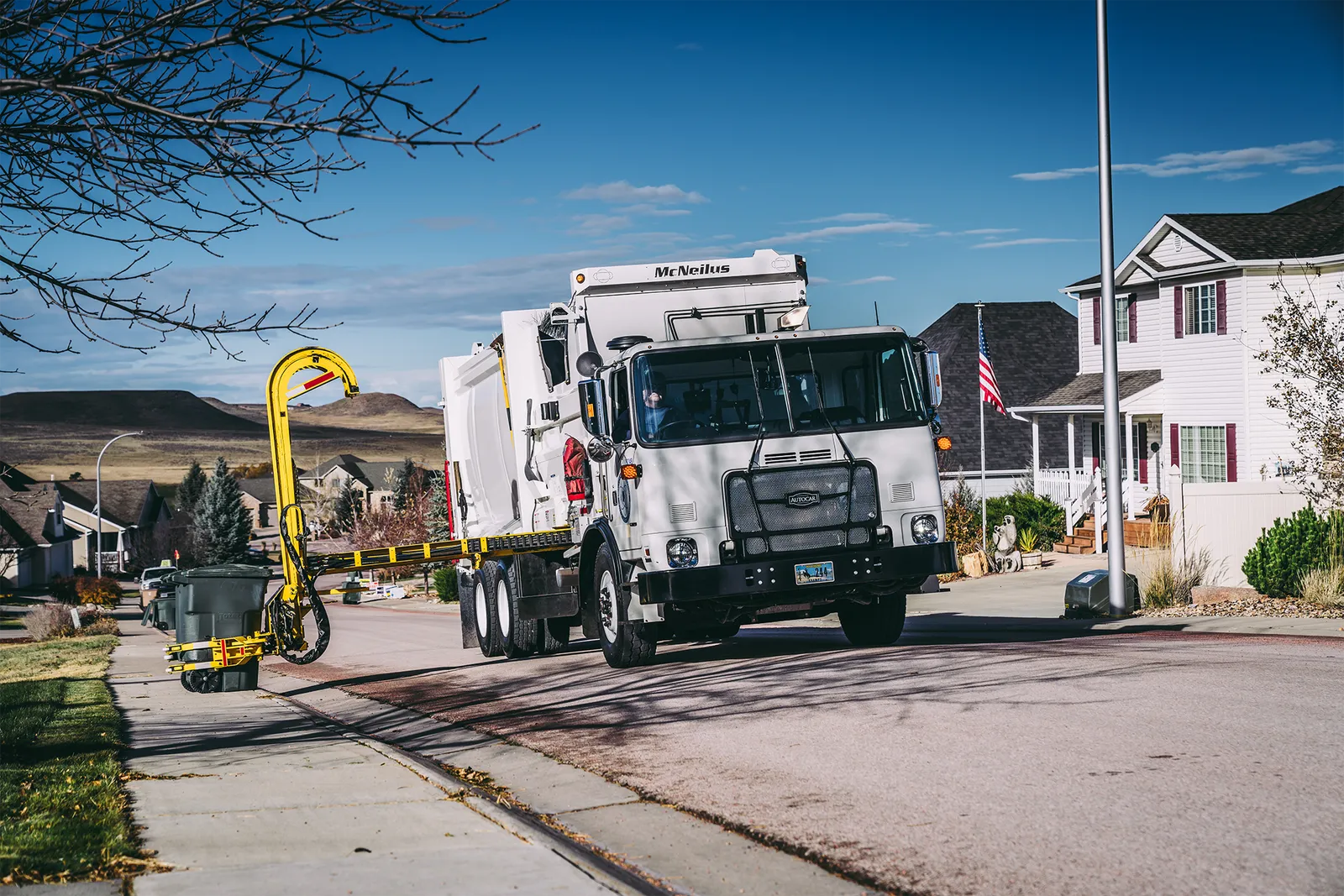
Looking ahead to automation and new contract terms
Beyond the steady push to recruit and retain more employees, observers are also following a variety of other trends that may play a role in the industry this year.
One example that Voie’s group anticipates is possible attention from federal legislators on restroom access, a topic that is particularly relevant for routed drivers working longer shifts. Ensuring that workwear is inclusive of various sizes and body types is also another area for further attention, though Voie said this area has evolved. “Things are changing. We are seeing more women's-cut uniforms."
Stiles is focused on growing the Teamsters’ ranks and improving contract terms. Local unions have seen recent wins in California as well as expansion in adjacent areas such as specialty recycling or document destruction. Stiles said “you're going to see us concentrate heavily” on such areas, along with others that may be seeing new investment due to state and federal policy such as mattress recycling or infrastructure projects.
Another continued priority for the Teamsters is to make Martin Luther King Jr. day a holiday for waste and recycling employees. Stiles said this is the case in some private and public sector contracts, but the goal is to get that into “every contract, regardless of how big or how small.”
Hoffman anticipates further investment to transition from rear loaders to side loaders, which may also reduce workforce pressures. For instance, the nation’s largest hauler WM aims to reduce headcount through attrition, in part by investing in these vehicles. Hoffman envisions the industry reaching upward of 60% to 70% side-load collection, but part of this will involve moving away from “take-all” provisions that allow residents to set out unlimited amounts of large material outside their carts. Hoffman said this is a key focal point for haulers as they’ve assessed the profitability of residential contracts in recent years.
"The private sector has done a much better job automating than the public sector, and the private sector therefore has reduced that issue,” he said, while calling this “a point of opportunity” for WM as well as GFL, which has inherited many older vehicles via acquisitions.
For Biderman, safety will be an ongoing focus that may also be relevant to retention if employees don’t feel comfortable in their working environments. The latest federal data showed a slight decline in collection worker fatality rates in 2021, but SWANA’s data indicates that pattern may have shifted in 2022. SWANA is also monitoring budgetary factors and service needs in local governments.
"I think some cities will continue to struggle to attract and retain workers and those local governments need to compare their pay not just to the other municipal services within their city or county, but to what kind of pay is being provided in the private sector,” he said.



